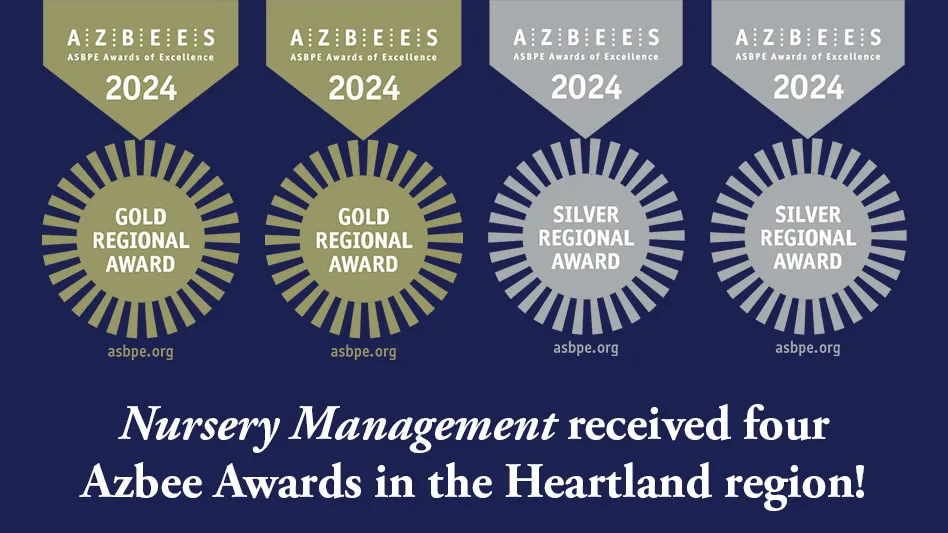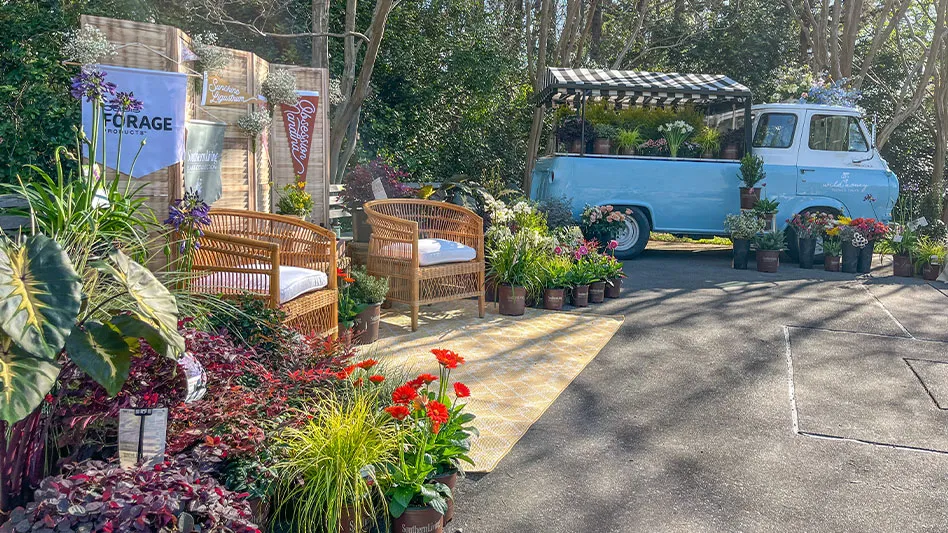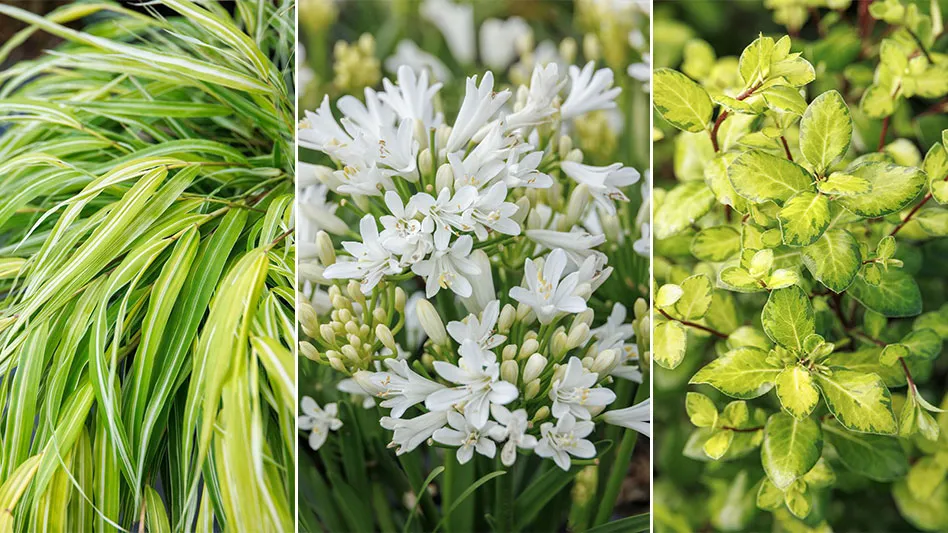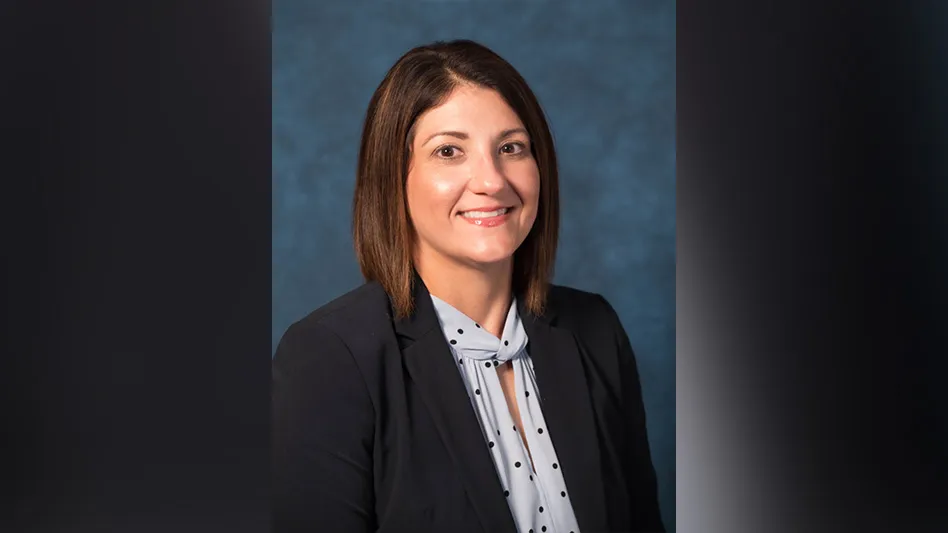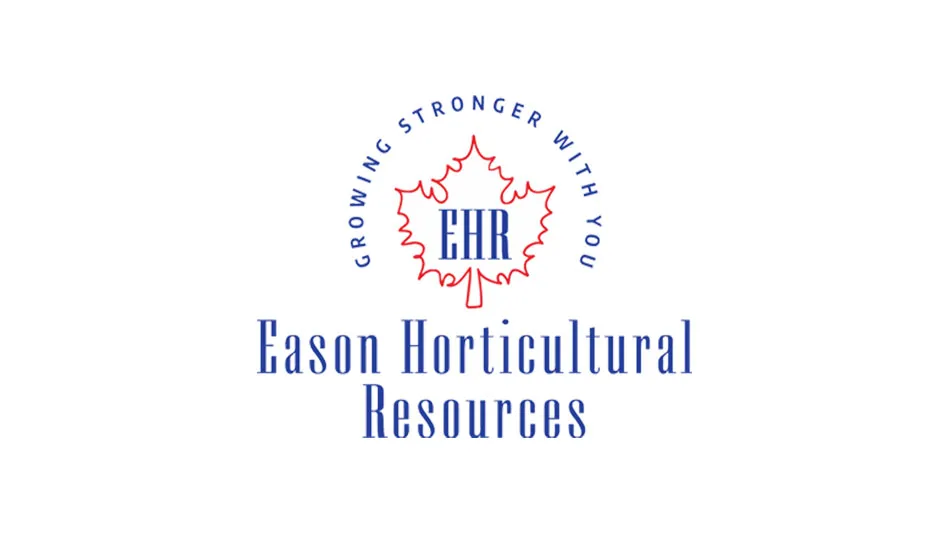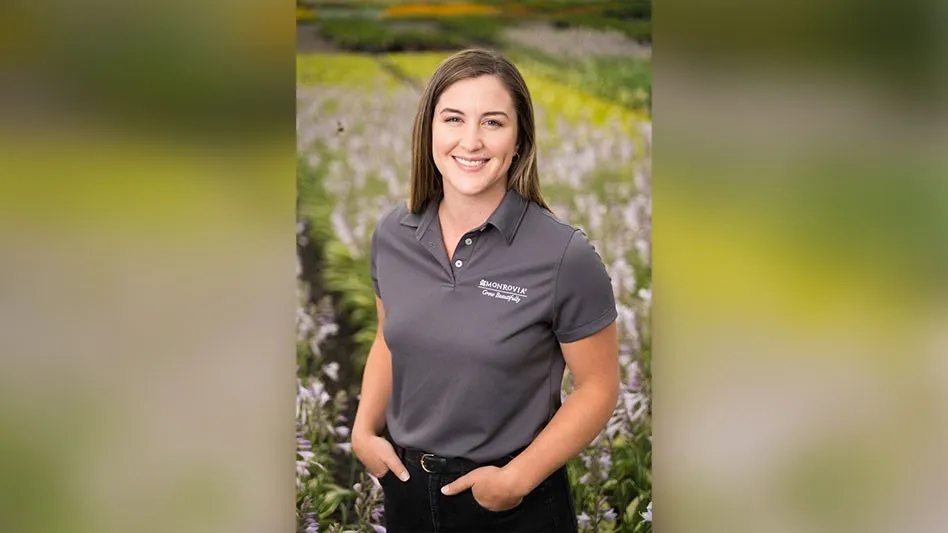

NM: How did you get started in horticulture?
GC: I was a gardener as a teenager in Nebraska where I grew up. After school, I did gardening as my job. After I graduated high school, I moved out to Oregon for college, but ended up taking a few years off to gain residency and figure out what I wanted to study. During that time, I continued gardening full time because I loved it. I was also working on the weekends at an urban farm store where we taught people how to take care of chickens, keep honeybees, build their soil, grow food and all those sorts of things. I really, really loved what I was doing. So it was that experience that led me to Oregon State University where I studied horticulture.
NM: What do you do as new plant manager at Monrovia?
GC: Breeders are constantly working to improve plants all the time and constantly making them better, whether that be more disease resistant, more compact, longer blooming, whatever it is, and my job is to work with breeders, test new varieties and ensure that what Monrovia is offering are the best plants available in the market.
NM: What kind of things do you do when you’re testing the varieties?
GC: We have four different trial sites at four nurseries in Oregon, California, Connecticut and South Georgia. We’re lucky to have those four different nurseries where we can have four very different growing conditions and really see how a plant performs with little to no input, so we can kind of mimic what a home gardener would see from those plants if they were to plant them in their garden.
NM: Can you elaborate on the importance of climate and what you do as new plants manager to encourage this?
GC: Our climate is changing and that means that our gardening conditions are also changing. So from a plant perspective, that means we’re going to have to start thinking about plants we put into our gardens and how they’re going to adapt. Often we’re looking for plants to be more resistant, multi-use, to look better in these landscapes that are going to be a bit more unpredictable. Like in the West, plants look better with less irrigation and more drought. Whereas in the East, plants may look better with fluctuations between rainfall, flooding, drought and all these different sorts of unpredictable changing climates. We’re looking for varieties that are going to be an improvement and not only look great, but serve well in those harsher climates.
NM: What is the most interesting thing you’ve learned since working with plant breeders and finders around the world?
GC: One of the most interesting things to me is the sheer amount of work that can go into a single plant introduction. For every plant that makes it to market, there are tens of thousands of plants that were evaluated and ultimately dismissed. So to me, that’s pretty incredible that it can take years and years of work before a plant makes it to market, and these breeders, plant introducers and everyone is pouring their love into plants, which is really cool and it’s something that I knew but never really hit home until I saw those fields and spoke to the breeders first hand.
NM: I know you work with plant trends, so what trends are you predicting for 2023?
GC: The two big plant trends are pollinator plants and drought-tolerant plants. People are constantly looking for pollinator plants and that’s just not going away anytime soon, nor do I think it should anyway. We’re seeing a big push for drought tolerance. Edibles and indoor plants are still hugely popular, and specifically perennial edibles that you can intermix into your garden like blueberries, cane berries and herbs. Although vegetable gardening is still very popular, we’re seeing this big push for more of a full on abundant garden and intermixing pollinator plants and edible plants and herbs.
NM: When you’re not working, what are some of your hobbies?
GC: I really love to be outside, so I love riding bikes, spending time on the river and I’m always game for a backpacking trip. I’m also a homebody, so I love to bake and read. Baking is really something I spend a lot of time doing, and in September, it’s a good time for fruit, so pies are really nice.

Explore the September 2022 Issue
Check out more from this issue and find you next story to read.
Latest from Nursery Management
- CIOPORA appoints Micaela Filippo as vice secretary-general
- Registration opens for Darwin Perennials Day
- April 2024 issue recap
- U.S. Department of Labor finalizes farmworker protection rule
- Azo Root is now available from Harrell’s
- Smith Gardens assumes operations of Skagit Horticulture
- Garden Media Group announces the fifth annual Women in Horticulture Week
- Eason Horticultural Resources announces the addition of Phil Perry

